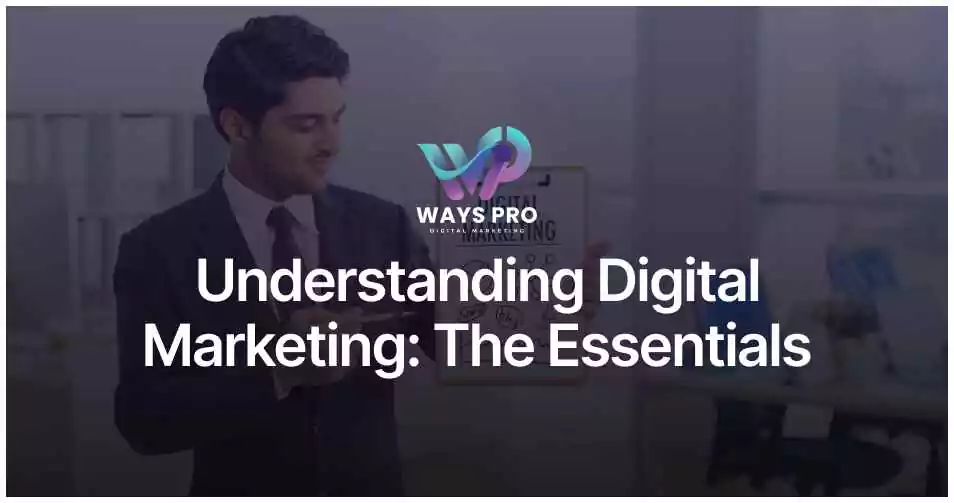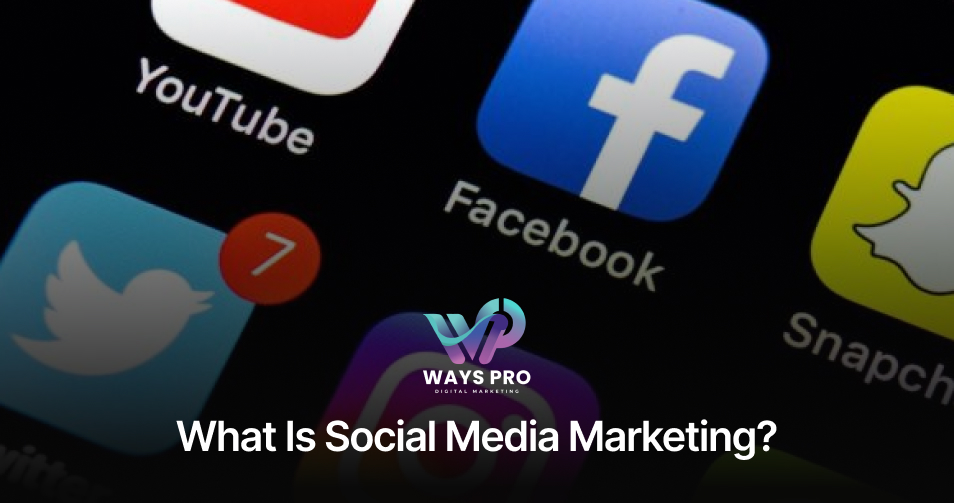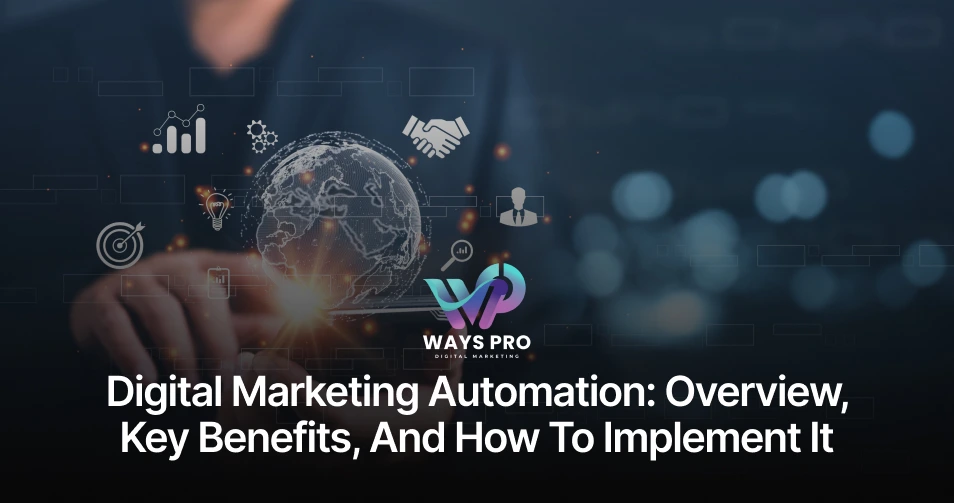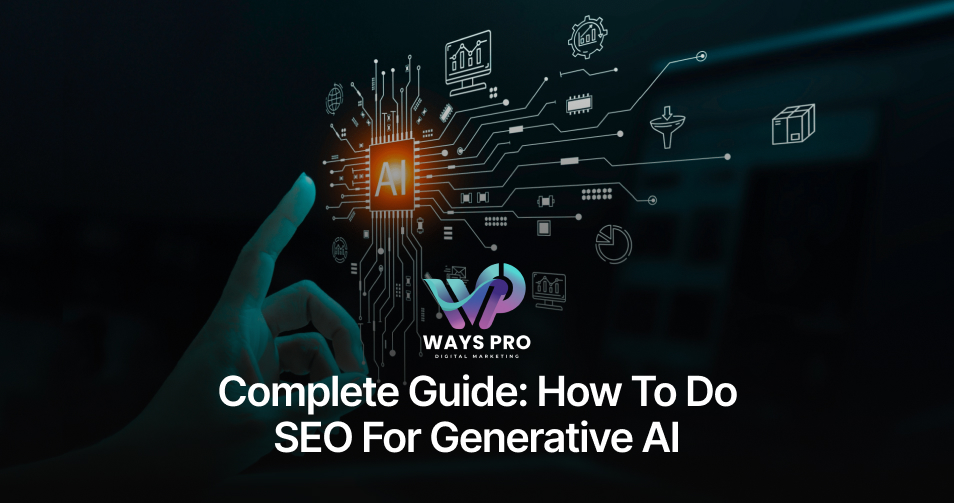What is Marketing?
Marketing is the art and science of communicating value. At its core, it’s about influencing behavior, whether that means encouraging someone to buy a product, vote for a candidate, or adopt a healthier lifestyle. This communication needs to be both targeted and creative to effectively educate and inspire audiences.
Marketing is deeply rooted in human behavior it’s about influencing people in ways that align with their interests and needs. This foundational principle of marketing applies across all businesses, whether it’s a small startup with a couple of employees or a multinational corporation with hundreds of marketing professionals.
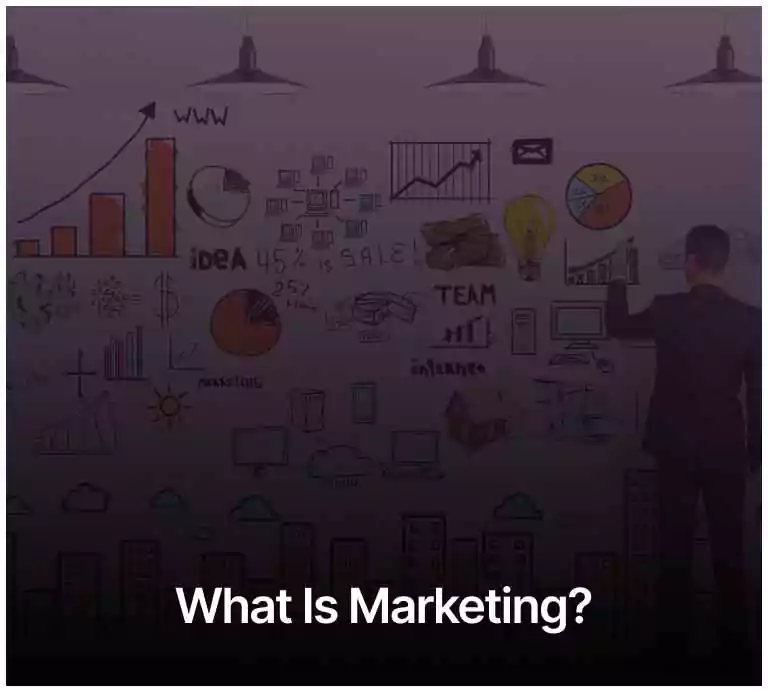
The Four P’s of Marketing
To understand what a marketing department focuses on, we can categorize its efforts using the Four P’s of marketing: Product, Place, Price, and Promotion.
Product: This involves defining the features and benefits that make a product or service attractive to its target market. It also includes differentiating the product from competitors.
Place: This refers to where the product is marketed. A global brand like Nike may market its products everywhere, while a local restaurant may focus its efforts within a small geographic radius.
Price: Pricing influences the perception of a product’s quality and its target audience. High prices often suggest premium quality and status, like Rolex watches or Mercedes cars, whereas lower prices might be associated with more accessible products.
Promotion: This covers the various marketing materials and campaigns designed to promote a product. It includes advertising, social media posts, blog content, and more.
To effectively manage these four elements, companies often employ a variety of roles within their marketing departments, including PR, search engine marketing (SEM), market research, and performance marketing.
What is Digital Marketing?
Now that we understand traditional marketing, let’s dive into digital marketing, which has significantly transformed the marketing landscape. Digital marketing encompasses any marketing efforts that involve digital devices.
While digital marketing often refers to online activities, it includes all forms of marketing on digital platforms, whether it’s on a desktop, mobile phone, or other devices. Digital marketing gained traction in the 1990s with the rise of search engines and websites. This evolution continued with the advent of Web 2.0, which saw the rise of social media platforms like Facebook, YouTube, and Myspace, characterized by user-generated content.
The introduction of smartphones, like the iPhone, further revolutionized digital marketing. People were no longer tied to desktops; they could be marketed to on-the-go, whether they were shopping for shoes or looking for a restaurant nearby.
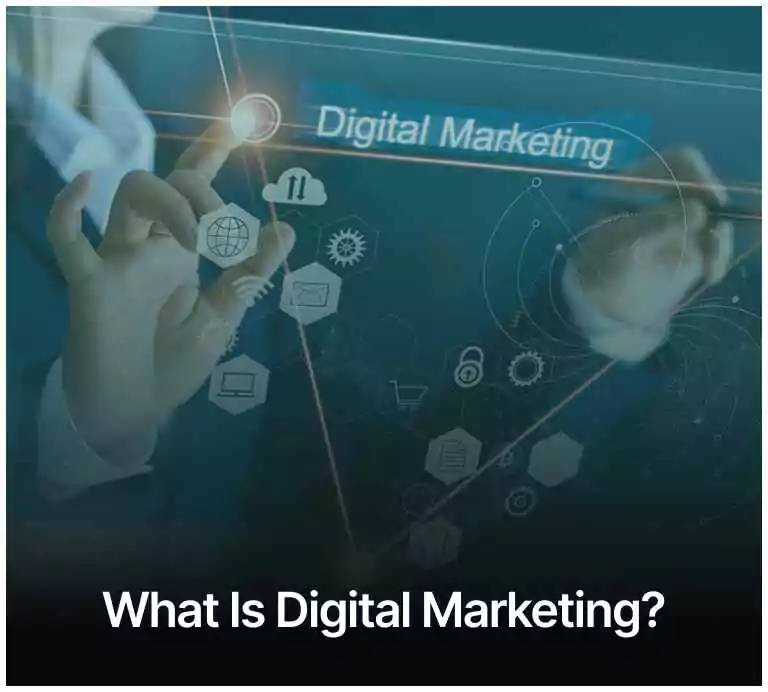
How Digital Marketing Has Changed the Marketing Landscape
There are five key ways the digital world has transformed marketing:
Scale: Digital platforms have dramatically increased the potential reach of marketing efforts. For example, The Guardian newspaper in the UK had a readership of about half a million in the 1980s. Today, it has over a hundred million monthly visits, thanks to its online presence.
Speed: Digital marketing allows companies to set up their marketing infrastructure quickly, from creating social media profiles to starting ad accounts. Content production is also faster, facilitated by tools like Canva and easy-to-use video cameras. Additionally, learning what works and iterating on it happens in real-time, making the process more dynamic.
Cost: Starting with digital marketing can be incredibly affordable, sometimes costing almost nothing except for the time invested. This lowers the barrier to entry, allowing even small players to compete with established brands.
Data and Measurement: Digital marketing provides access to detailed data, enabling marketers to make informed decisions. With platforms like YouTube, Facebook, and TikTok, marketers have access to vast amounts of user data, allowing for precise targeting of ads based on users’ past behavior and preferences.
Targeting: Digital platforms allow for highly targeted marketing strategies, reaching the right audience with the right message at the right time.
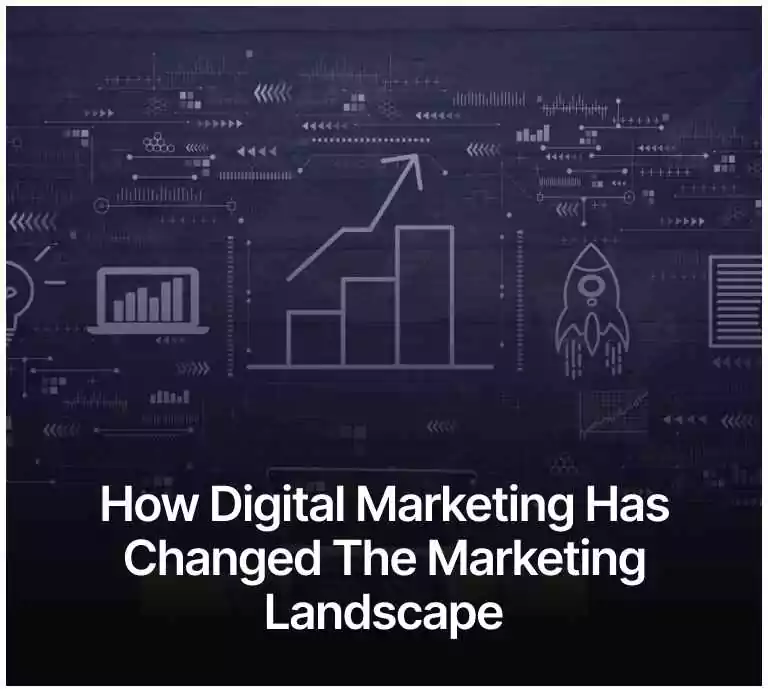
Key Dichotomies in Digital Marketing
To understand the various roles in digital marketing, it’s important to consider some key dichotomies:
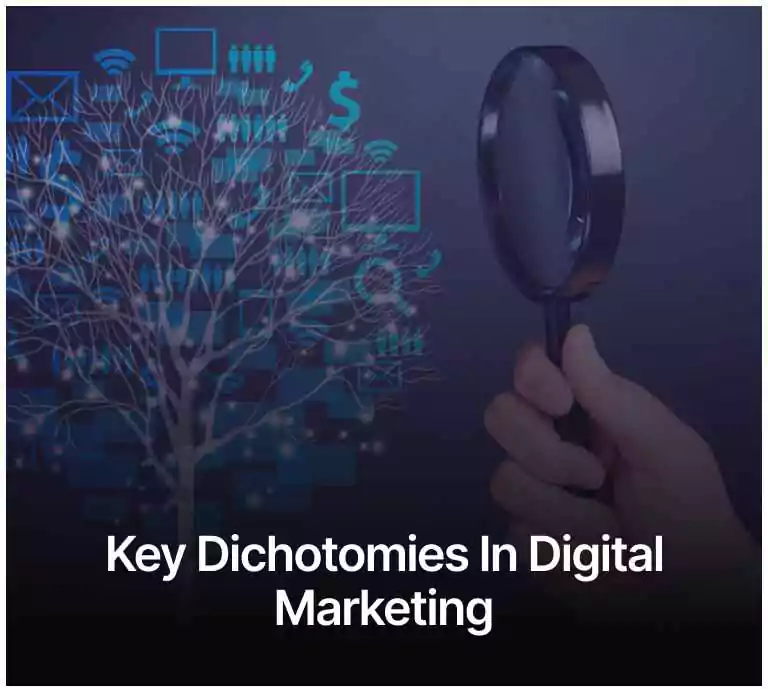
Brand vs. Performance: Brand marketing focuses on long-term goals, such as building awareness and positive associations with a product (think Volvo and safety). Performance marketing, on the other hand, is more about short-term actions, like driving immediate sales or sign-ups.
Paid vs. Organic: Paid marketing involves using a budget to place ads on platforms like Google, Facebook, or TikTok. Organic marketing, meanwhile, relies on creating content that naturally reaches audiences without paid promotion.
Acquisition vs. Nurture: Acquisition is about attracting new customers, often through prospecting and outreach. Nurture involves engaging existing customers or leads, keeping them informed and encouraging repeat business.
Digital Marketing Roles
Digital marketing encompasses a wide range of roles, each with its own focus and skill set. For example, a brand marketer might lean towards creative roles like copywriting, while a performance marketer might be more data-driven, managing advertising budgets across platforms like Facebook and Google.
In a typical marketing team, roles might include:
- Influencer Marketing: Collaborating with influencers to promote products.
- SEO (Search Engine Optimization): Enhancing website visibility on search engines.
- Conversion Rate Optimization (CRO): Improving the effectiveness of marketing efforts.
- Editorial and Copywriting: Crafting compelling content.
- Design and Video Production: Creating visual and multimedia content.

The Digital Marketer’s Mindset and Skills
A successful digital marketer is always striving for more and better results. They aim to break through the noise, build trust, and connect with the right audience. To achieve this, they must understand data, extract insights, and creatively communicate value.
The digital marketing process typically follows these steps:
Research: Gathering data to inform strategy.
Ideation: Developing ideas for marketing materials and campaigns.
Production: Creating the actual content, either individually or in collaboration with a team.
Distribution: Sharing the content across appropriate channels.
Analysis: Evaluating the effectiveness of the campaigns.
To manage this process effectively, digital marketers need a blend of analytical skills, creativity, collaboration, and technical expertise in tools and platforms.

How to Get Started in Digital Marketing
To become a digital marketer, start by exploring the field through videos, blogs, and audiobooks. Once you’ve gained a foundational understanding, consider enrolling in a structured course or program, like Career Foundry’s digital marketing program, which guides you from beginner to job-ready status.
Enthusiasm, a willingness to learn, and a track record of experience, even if self-taught, can position you well for entry-level roles in digital marketing. As you continue to explore, you’ll find the path that best suits your interests and skills in this dynamic field.
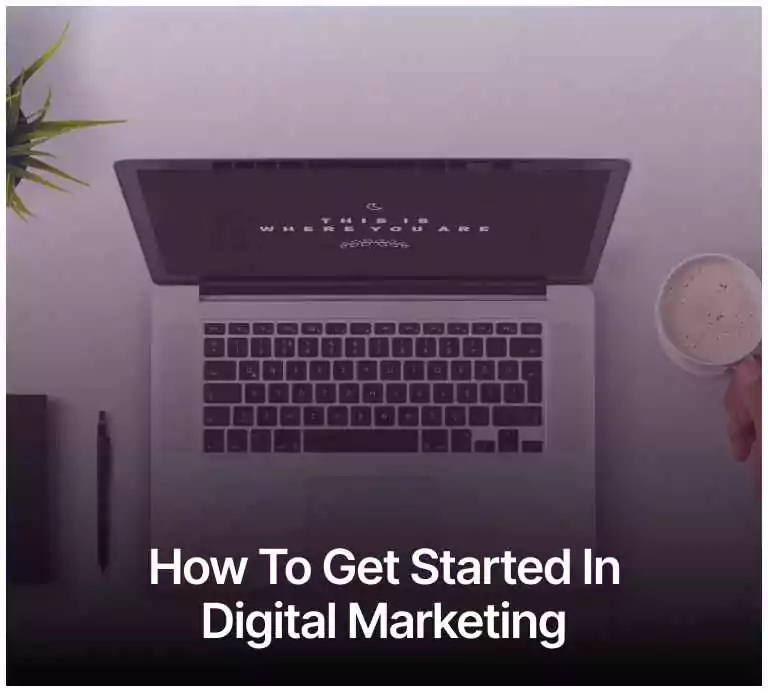
Final Thoughts
Digital marketing is constantly evolving, with new trends and technologies shaping the way marketers connect with audiences. By staying curious, continuing to learn, and honing your skills, you can carve out a successful career in this exciting industry.
If you’re interested in a more detailed roadmap to grow your business in an international or local market, feel free to reach out at hello@waysprotech.com or visit our website WaysPro Tech here’s always more to explore in this fast-paced, ever-changing field!

